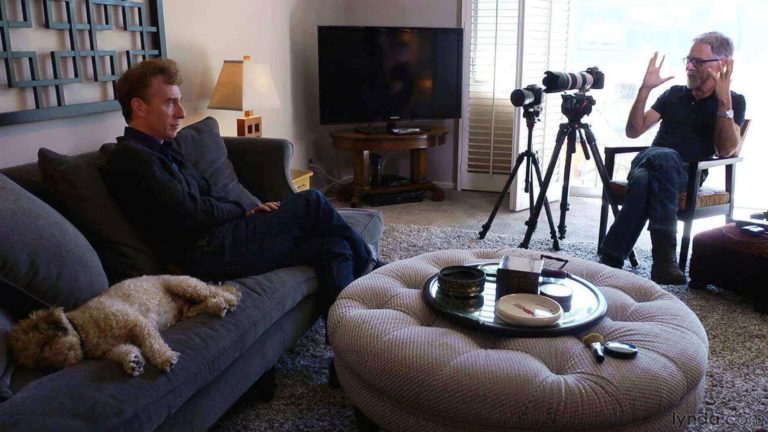Normally when conducting a video interview, a one or two camera setup is sufficient. When introducing a 3 camera interview set up, you can achieve a whole new dynamic. Perhaps the goal is to add the interviewer into the scene or capture the subject from a third angle. Maybe it is to expand on the dimensions and increase the emotional level. A third camera setup is a simple task. Here are the following steps necessary to get this done.
A and B Cameras
Using a single camera setup for an interview tends to be on the dull side. Most filmmakers prefer the A and B camera setup to focus head-on the subject and from a side angle. These are usually stationary on tripods and focussed. With a third camera, you can establish and focus for extreme close-ups or as a moving dolly shot. Having to readjust one of the primary cameras takes too long. This distracts from the necessary establishment the director is trying to create with the subject.
Setting Up 3rd Cam
To accommodate three cameras and the associated equipment and crew, a lot of space is necessary. Once set into focus, the stationary cameras can be left unmanned. By having a third camera that moves around the 3 camera interview set up, you must have sufficient space to do so. Clear out any furniture that will not be in the shot. Next, track the possible movements the third camera will follow.
Lighting is Crucial
Setting up the lighting for the third camera will be the hardest part as shadows will be inconsistent. After setting up the key lights, find ways to adjust L lights. They need to suit the needs of lighting the subject before adding in the fill lights. If your third camera has a path of motion then have stand-in actors. They should get into place and follow the track of the third camera to see if any of the lights are visible. If so, readjust them as necessary. If glare is the only issue then have a crew member follow along with a flag to absorb said glare.
Footage to the Max
Having extra footage for shots enables the editor to be more creative with the options available. Since the audio is coming from one source, manipulating all the clips will not be too much additional trouble. For this reason, you might want to set everything on the same timecode. While a third camera setup is not very common for interviews, it provides some well-needed advantages. Particularly when working with products or trying to establish various emotional settings.

